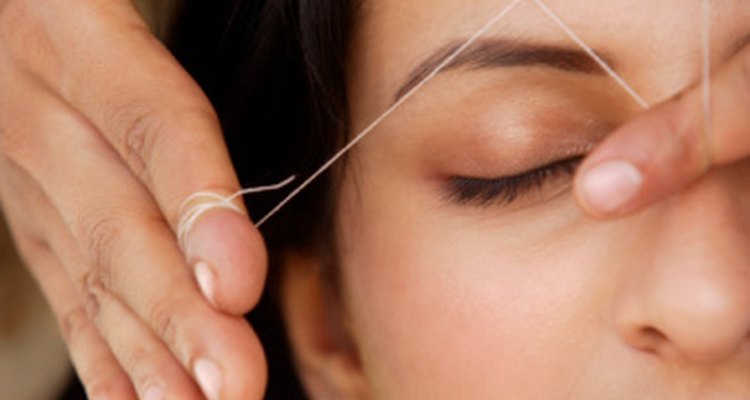
Eyebrow threading uses twisted pieces of string wrapped around a follicle of hair to pull the hair out of your skin. This is done repeatedly until all of the hair has been pulled and the eyebrow has the desired curve and appearance. Eyebrow threading removes hair gradually whereas waxing, hot wax spread over the entire to-be-waxed region, pulls the hair out with one swift motion.
General Pain
General pain is a side effect of eyebrow threading. Because of the constant hair-pulling stimulation to a small area, the skin becomes tender and soft. The intensity of the pain is dependent upon the person's personal ability to cope with pain, however it does not last long. Apply a cool cream to the area after the procedure is finished to calm and cool an irritated area.
Watering Eyes
Eyebrow threading causes your eyes to water during and after the procedure. Because the beauty technician is continuously pulling the hair from the surface of the skin, the eyes begin to water under distress from the pain. You may not be able to control the amount of liquid that comes out of your eye during this time. Use a cloth to dab away the water.
Redness
After the eyebrows are threaded, the area where hair was pulled will be red and tender. When hair is pulled from the skin, the body's natural reaction is to repair the damage. The threaded area experiences increased blood flow, helping the eyebrow recover faster from the pulling. The area will be red anywhere from a few minutes to a few hours. Applying a cool cream should help the redness.
Swelling
When blood rushes to a damaged area to attempt to repair the tissue, the excess blood causes the area to swell in addition to being red. The blood carries white blood cells, whose job is to fight disease and foreign objects in the body. The blood flow increases to an area to allow for more white blood cells to repair the follicles that are damaged during threading. Like redness, swelling can persist for minutes to hours. Apply a cold compress to alleviate swelling quicker. If the swelling is persistent for days accompanied by small, white dots, see a dermatologist to be evaluated for folliculitis. Hyperpigmentation is another type of inflammation that creates dark patches around the face due to melanin, the skin's pigment, forming deposits.
Ingrown Hairs
Ingrown hairs grow sideways or curl under the skin after plucking or shaving. This tends to happen more commonly with thick hair, like in the eyebrows and legs. This is less likely to occur when pulling the hair close to the skin's base. If the hair breaks with the follicle still in the skin, rather than removing the entire piece of hair, the hair could become ingrown.
Related Articles

How to Take Care of Painful Ingrown Hair

How to Tell If Someone Is Blushing?
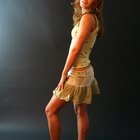
How Do I Reduce Pain When Plucking Leg ...

Stages of Underarm Hair

How to Shave Skin Moles
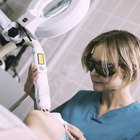
Laser Treatment for Face Wrinkles

How to Treat an Ingrown Eyebrow Hair
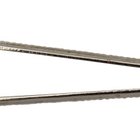
How to Remove Hair Follicles to Prevent ...
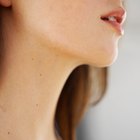
Microdermabrasion for the Neck
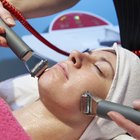
What Is a Faradic Facial Treatment?
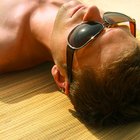
What Are the Dangers of Men's Brazilian ...

Epsom Salts & Ingrown Hairs
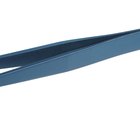
How to Get Rid of Black Hair on Chin ...
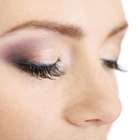
How to Soothe Irritation Bumps From ...
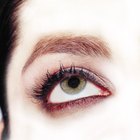
The Advantages & Disadvantages of ...

How to Stop Hair From Growing at the ...

How to Make a Homemade Facial Hair ...

How to Wash Out an Ear With Warm Water
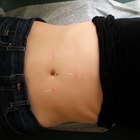
How to Get Rid of Skin Discoloration on ...

How to Use Rubbing Alcohol on Red Bumps ...
References
Photo Credits
Jupiterimages/Goodshoot/Getty Images